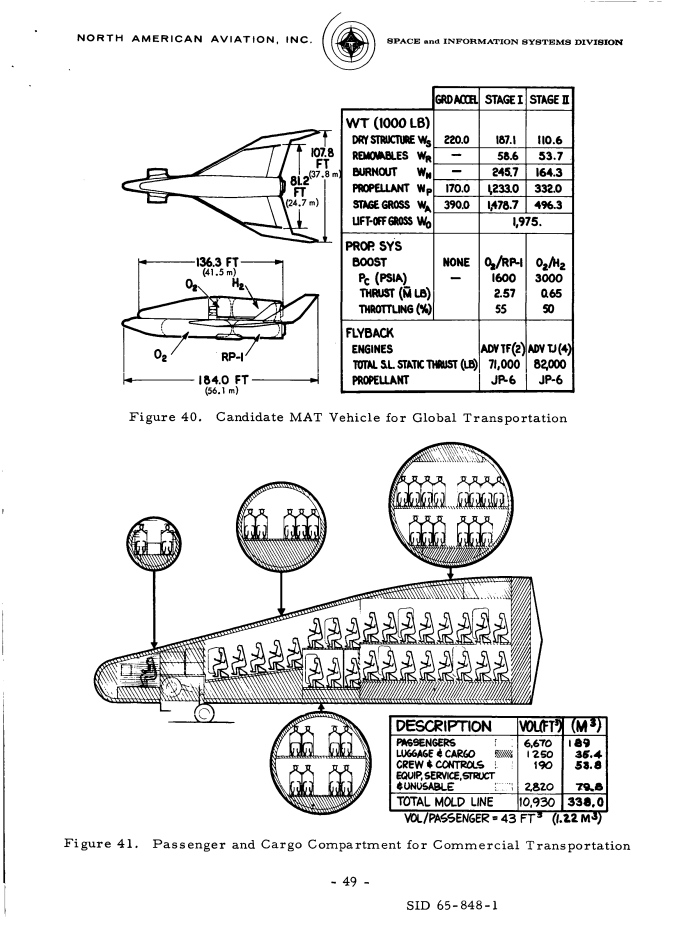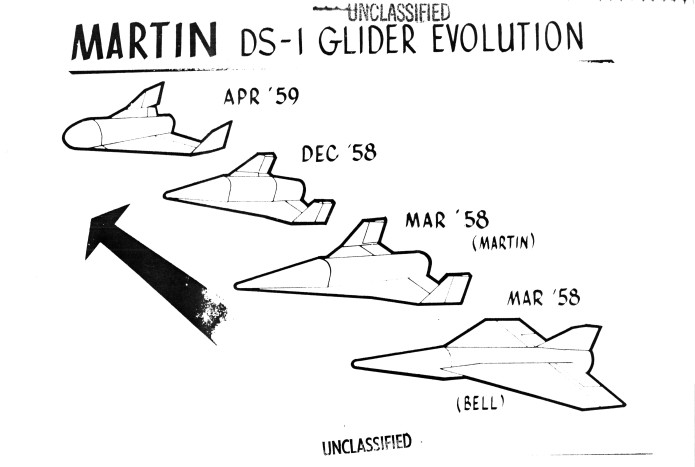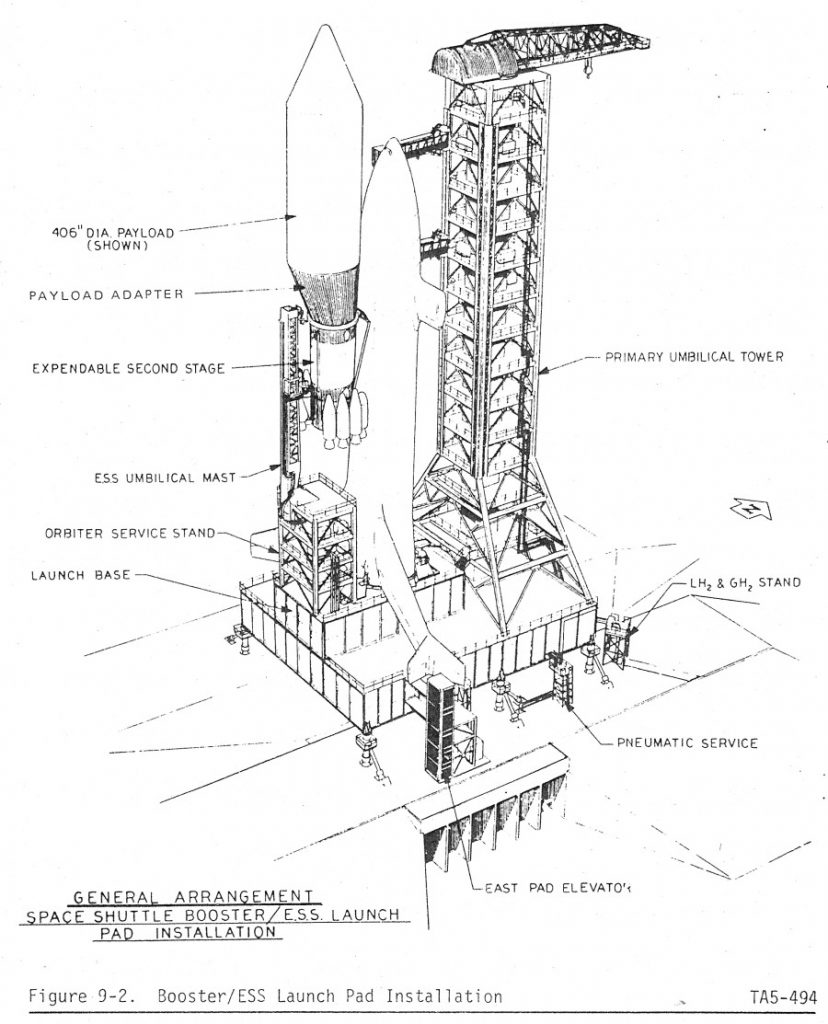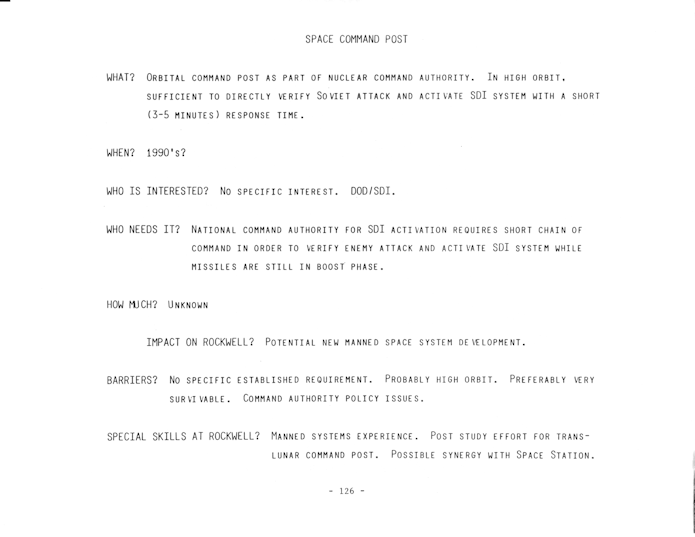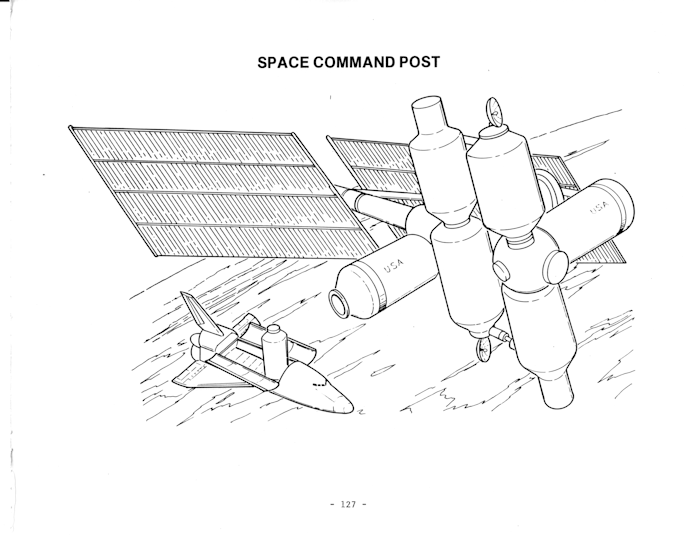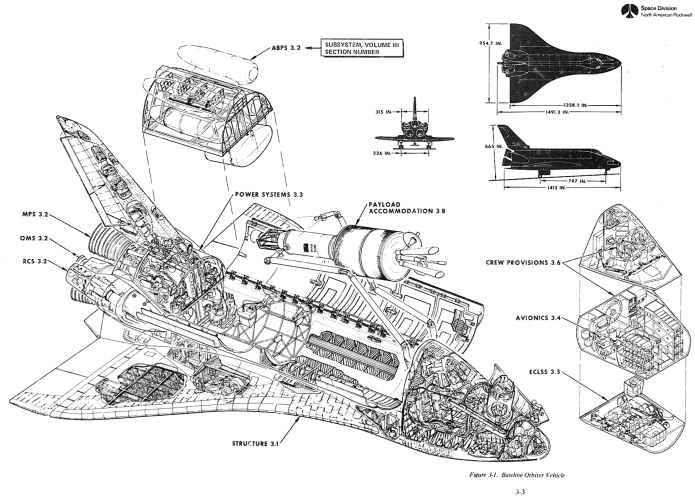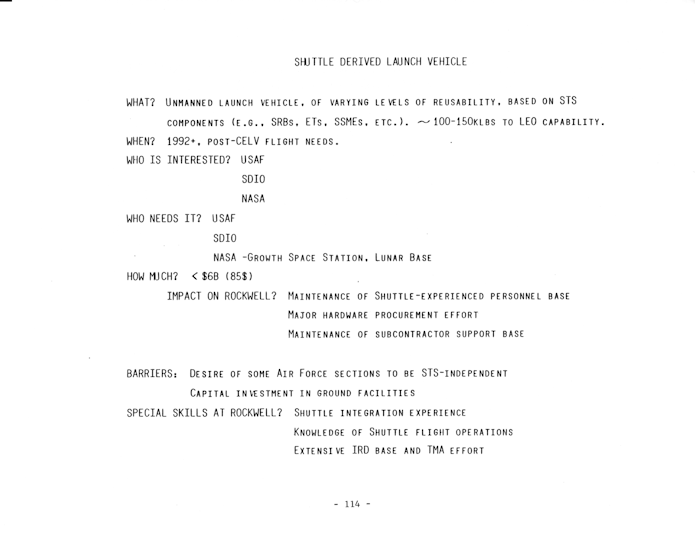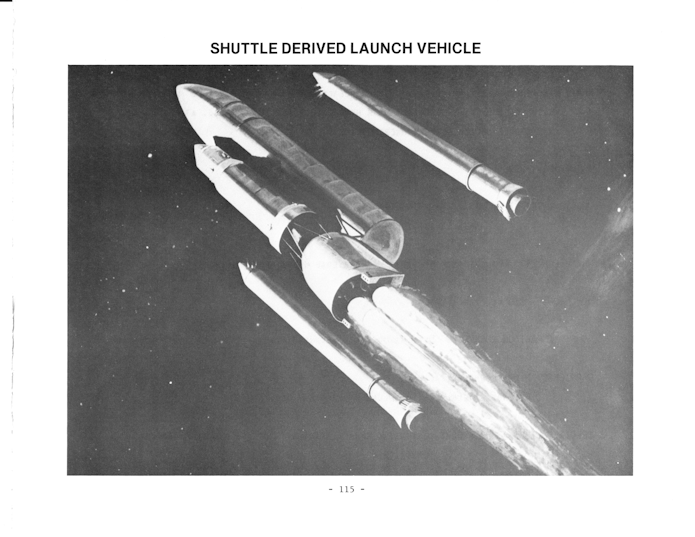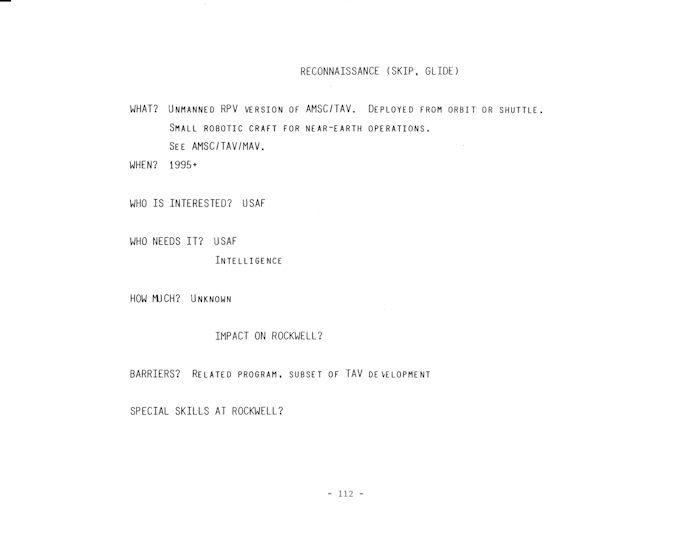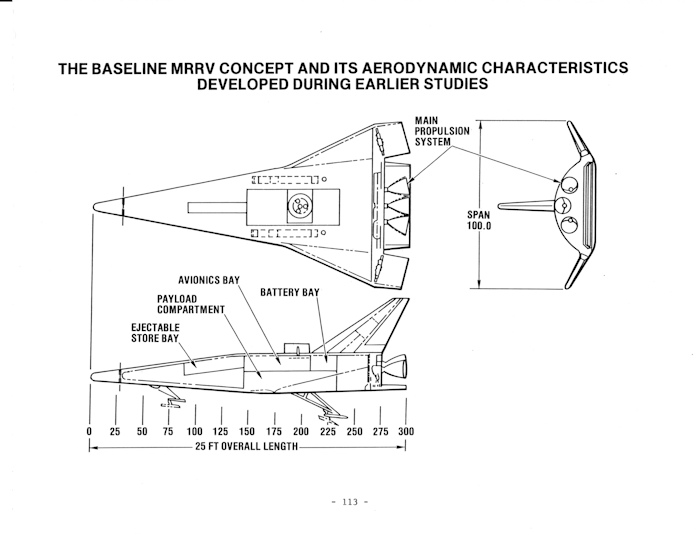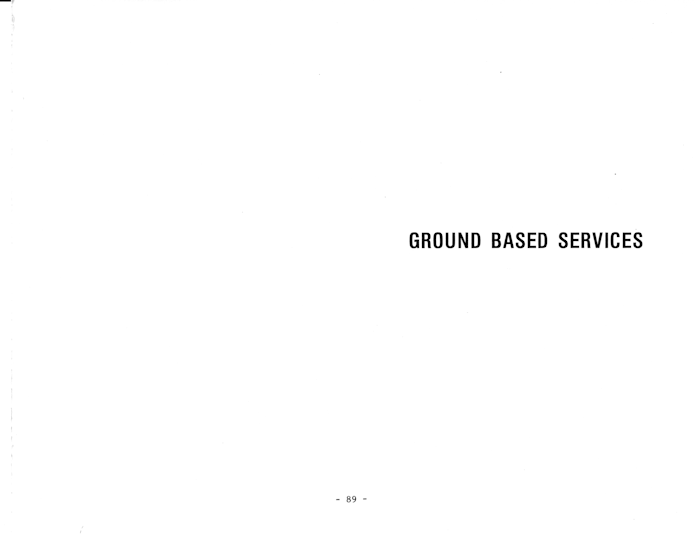In 1965 North American Aviation produced a study for NASA about reusable space launch vehicles to support forthcoming expected space stations. Included within that study was an alternate use of rocket vehicles… point-to-point hypersonic commercial passenger transportation. This concept goes back to the late 1940’s and has continued to the present day, with the Elon Musk suggesting that the SpaceX Starship could be used for that purpose. The idea is interesting and it certainly *could* work. But could it be commercially cost effective? History with craft such as the Concorde and the Shuttle argue strongly against an early vehicle like this doing anything but losing truckloads of cash every time it launches.
Once again Patreon seems to be becoming unstable. So I’ve got an alternate: The APR Monthly Historical Documents Program
For some years I have been operating the “Aerospace Projects Review Patreon” which provides monthly rewards in the form of high resolution scans of vintage aerospace diagrams, art and documents. This has worked pretty well, but it seems that perhaps some people might prefer to sign on more directly. Fortunately, PayPal provides the option not only for one-time purchases but also monthly subscriptions. By subscribing using the drop-down menu below, you will receive the same benefits as APR Patrons, but without going through Patreon itself.
In 1985, Rockwell International considered the possibility that there might be profit in a space station with a singular purpose… to serve as a command post in the event of a nuclear war. Its position would let it confirm Soviet ICBM launches and direct space based weapons in their response. Presumably this means that there would need to be several such orbital command posts. The brief description suggests that the command post would be in “high orbit,” perhaps geosynchronous; to have global coverage, at least two and preferably three or more such posts would be needed. The lower the orbit, the more would be needed to see the whole planet.
Given the craziness going on, I decided that what the world clearly needs is something consistent. Like, say, me posting one piece of aerospace diagram or art every day for a month or so. So I’m going to do that. But in order to keep people from getting too complacent, I’m posting some of them on this blog, some on the other blog. Why? Because why not, that’s why. I’m slapping the posts together now and scheduling them to show up one at a time, one a day. Given the pandemic… who knows, this little project might well outlive *me.*
So, check back in (on this blog or the other) on a daily basis. Might be something interesting.
The North American Rockwell proposal for the Space Shuttle Orbiter. It is clearly *close* to what actually got built, but there are important differences. The airlock is in the nose and the OMS pods are lower on the sides of the rear fuselage and the rear portion of the cargo bay could be fitted with a pod that includes flip-out turbofan engines for range extension and landing assistance.
The full-rez scan of this diagram has been made available to all $4 and up APR Patreons and Monthly Historical Document Program subscribers. It has been uploaded to the 2020-02 APR Extras folder on Dropbox for Patreons and subscribers. If interested in this piece or if you are interested in helping to fund the preservation of this sort of thing, please consider becoming a patron, either through the APR Patreon or the Monthly Historical Document Program.
In 1985, Rockwell International contemplated the business case for Shuttle Derived Launch Vehicles. The specific design illustrated used the ET and SRB’s more or less stock, but the orbiter was replaced with a recoverable propulsion and avionics module. The payload came in the form of an upper stage with something very like the Apollo Command and Service Modules. This would probably have been for a lunar mission of some kind as a Shuttle-class booster is too big for a simple capsule mission to LEO. The basic design would have roughly performed like the presumably forthcoming SLS.
In 1985 Rockwell thought that there might be a business case for a small unmanned spaceplane for recon purposes. At the time, the answer was apparently no… but within a few years Rockwell developed the “REFLY” spaceplane which, over a span of a couple decades, transmorgified into the X-37B which has flown a handful of top secret long duration missions.
Continuing the report into a less interesting section, that of ground based services that in 1985 Rockwell thought might be profitable. these ideas included STS Marketing Services, Consolidated Space Operations Center, DOD “Schedule C,” Payload Certification from NASA, Commercial Payload Software Services, Commercial ASE Services, and Turn Key Launch Services.
Up next: More Interesting Stuff.
More after the break…
